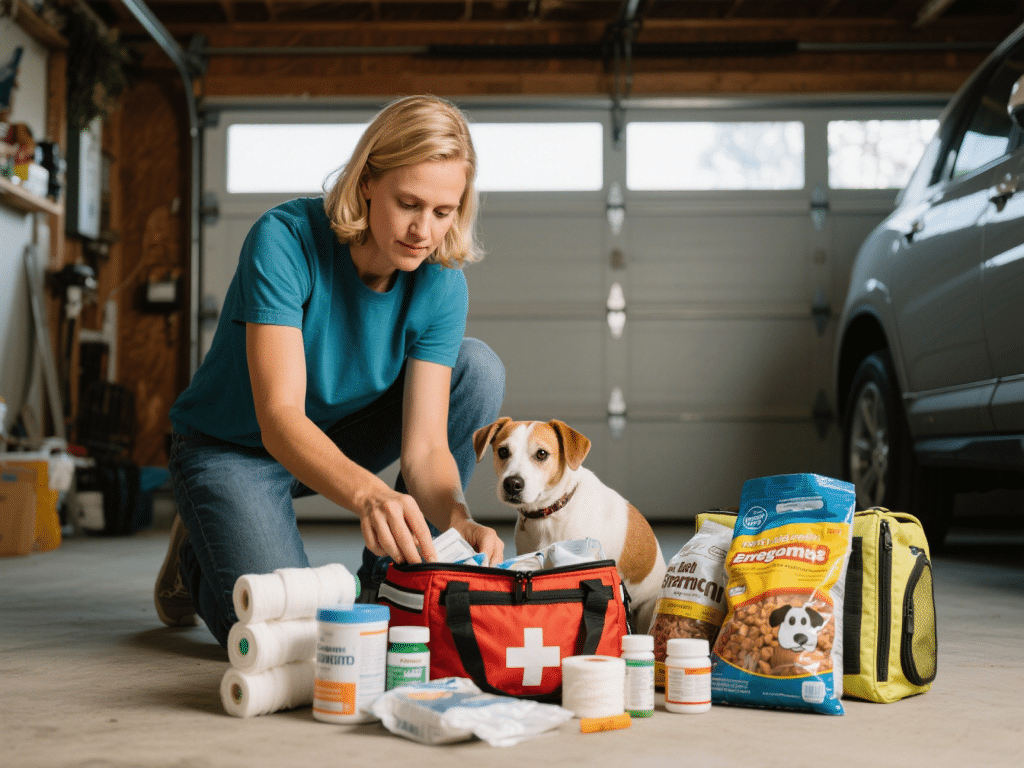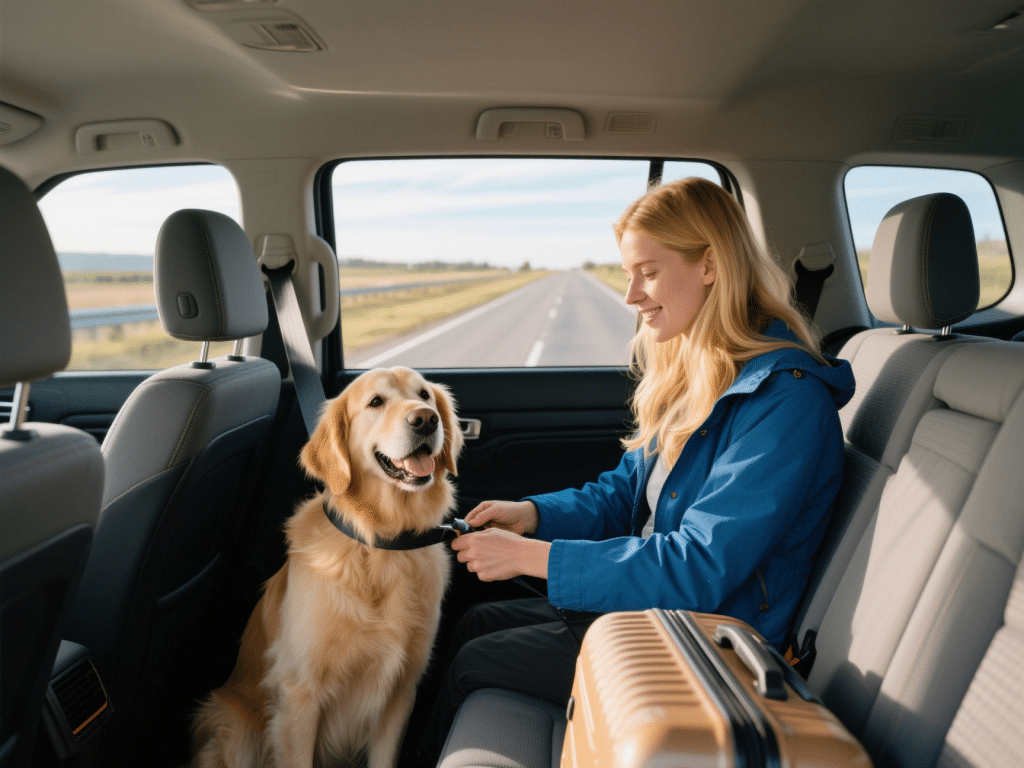Introduction
Disasters and emergencies can happen unexpectedly—natural disasters, accidents, or sudden evacuations. Preparing a pet emergency kit ensures your furry family members receive proper care and comfort during stressful times. This guide outlines essential items and tips for assembling a comprehensive kit.
1. Basic First Aid Supplies
Pet-Safe Bandages and Gauze: Wrap wounds and control bleeding. Include self-adhesive wrap that won’t stick to fur.
Antiseptic Solution and Wipes: Use mild antiseptic (e.g., chlorhexidine) to clean minor cuts and abrasions.
Tweezers and Scissors: Remove splinters, ticks, or control bandage length. Blunt-tipped scissors reduce accidental injury.
Digital Thermometer and Lubricant: Monitor body temperature (normal: dogs 100–102.5°F; cats 100.5–102.5°F).
Hydrogen Peroxide (3%): Induce vomiting only under veterinary guidance.
Pet-Specific Pain Reliever (Veterinarian Recommended): Never give human medications (e.g., ibuprofen) without professional approval.
2. Essential Documents
Vaccination Records: Ensure proof of rabies and core vaccines.
Medical History and Medication List: Include copies of recent bloodwork, prescriptions, known allergies, and veterinarian contact information.
Microchip and ID Tag Information: List microchip number, manufacturer, and registration details.
3. Food and Hydration
Dry and Canned Food (3–5 Days’ Supply): Rotate supplies every 6 months to maintain freshness.
Collapsible Food and Water Bowls: Lightweight and easy to pack.
Bottled Water (1 Gallon per Day per Pet): Hydration is critical; store potable water in sealed containers.
Medication Supply (2 Weeks’ Worth): Include pill organizers and dosing instructions.
4. Comfort and Safety Items
Leash, Harness, and Muzzle: Prevent escape and manage stress. A muzzle should fit comfortably, allowing panting and drinking.
Carrier or Crate: Secure transport. Choose a carrier that allows the pet to stand, turn, and lie comfortably.
Blanket or Towel: Provide warmth and comfort; wrap injured pets if needed.
Favorite Toy or Familiar Item: Reduces anxiety and reminds them of home.
5. Sanitation and Waste Management
Disposable Pet Wipes: Clean paws or coat if water is scarce.
Plastic Bags or Disposable Litter Box with Litter: Manage waste hygienically during displacement.
Paper Towels and Pet-Safe Disinfectant: Clean spills and disinfect surfaces.
6. Emergency Contacts and Evacuation Plans
Veterinary Clinic and Animal Hospitals: List nearby 24-hour facilities, including addresses and phone numbers.
Pet-Friendly Shelters or Hotels: Research locations that accept pets during evacuations.
Local Animal Rescue Contacts: Identify trusted rescues for temporary foster care if needed.
7. Additional Considerations
Light Source: Small flashlight or headlamp with extra batteries for nighttime emergencies.
Heat-Reflective Blanket: Provides warmth if stranded in cold conditions.
Emergency Beacon or Whistle: Attract attention if stranded or lost.
Conclusion
A well-prepared pet emergency kit not only ensures your pet’s safety but also provides peace of mind. Assemble and update the kit regularly, customizing supplies based on your pet’s size, age, and health needs. By planning ahead, you’ll be better equipped to protect your beloved animal companions during any crisis.










Comments on "Creating a Pet Emergency Kit: What You Should Include" :